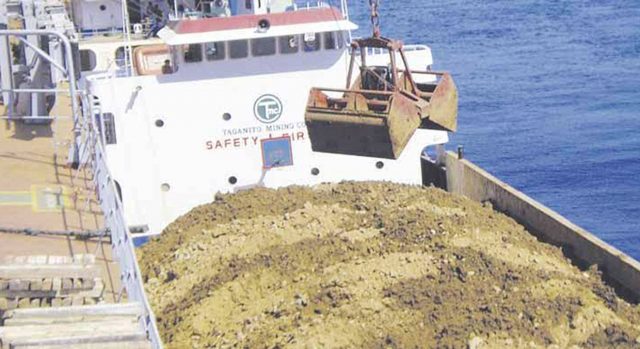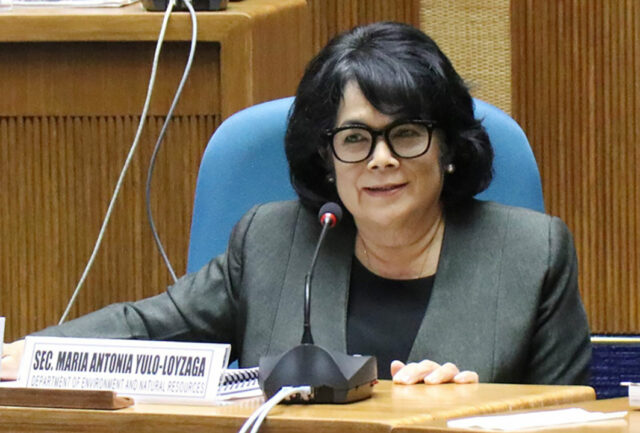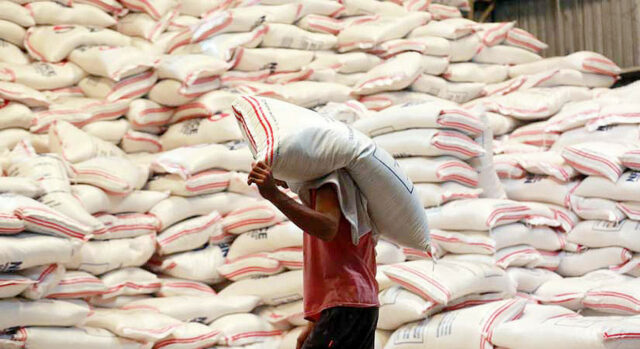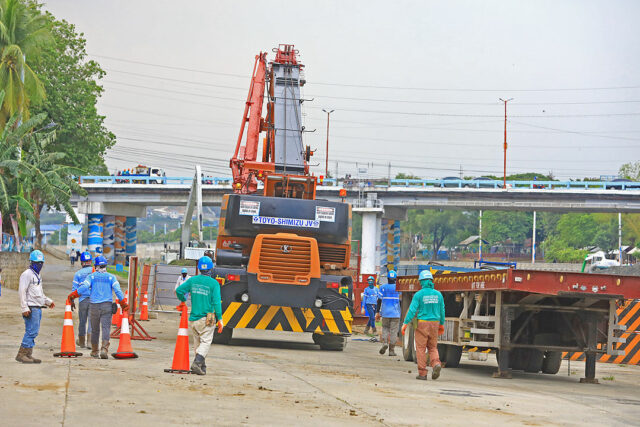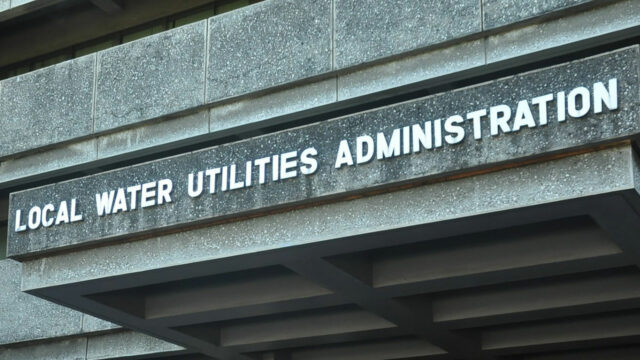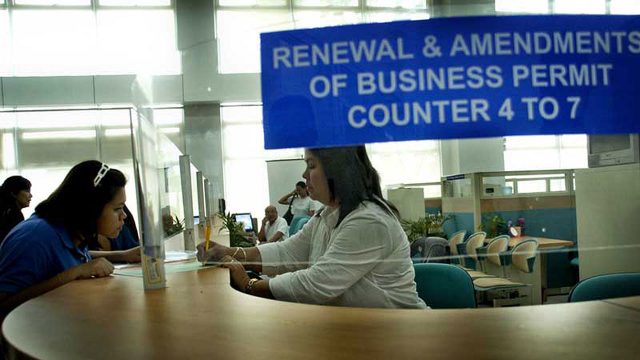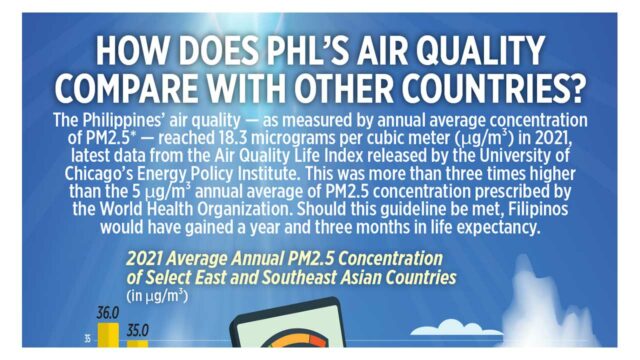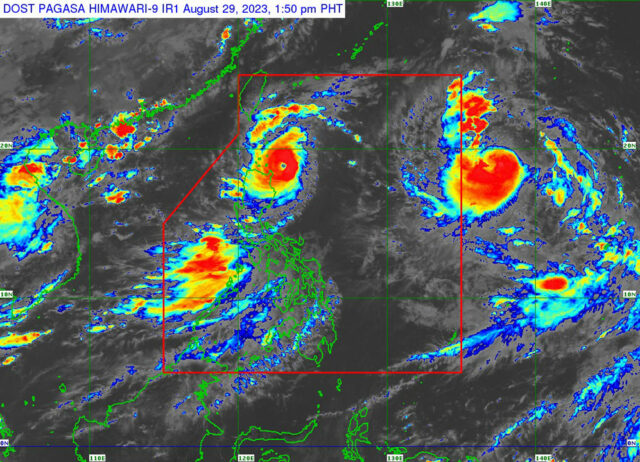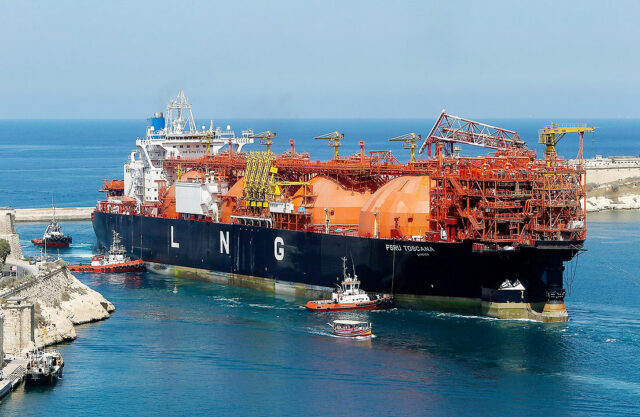Nickel miners expect output to be little changed in 2023
THE Philippine Nickel Industry Association (PNIA) said nickel production is expected to be flat this year, with miners hoping to make up for a weak first half before the close of mining season in October.
At a briefing on Tuesday, PNIA President Dante R. Bravo said: “Production is basically the same. The areas (that are supplying nickel) right now are limited in their production.
Regarding the weak first half performance, he said: “We are trying to catch up this time around but some of the mines will be shutting down by October.”
As such, he expects output “to be the same” as 2022’s, Mr. Bravo added.
In 2022, nickel direct shipping ore output declined 11% to 29.27 million dry metric tons, according to the Mines and Geosciences Bureau.
Mr. Bravo added that the PNIA is urging the government to fast-track the approval of mining permits by establishing a “one-stop shop” for the application process. Such a streamlining of approvals, he said, will attract more investment to the industry.
“If we can streamline the process, it would be easier to convince investors,” he said.
While the government is focused on attracting investment in value-added processing, industry development efforts should include exploration and extraction, he said.
He added that a nickel processing plant requires more than 100 million tons of raw nickel ore each year for at least 20 years to be considered viable.
Mr. Bravo said that the measures required would include a simplified fiscal regime, harmonized national and local mining regulations, and stepped-up environmental monitoring.
“To produce the minimum raw ore input requirement of one processing plant, mining permits need to be approved efficiently and awarded contracts should be allowed to operate with minimal disruption under a predictable, rules-based regulatory regime,” he said.
He said demand for nickel will continue to rise due to demand from battery producers, according to Mr. Bravo.
“We have a potential to supply beyond 40 million tons, probably even more, because of the take-up of nickel right now. (Demand from) the battery industry is increasing year in, year out,” he said.
“The opportunity will come as we see that the price becoming more stable and it becomes more viable to access other mining areas,” he added. “We have a chance to grow the supply here in the Philippines.” — Adrian H. Halili

